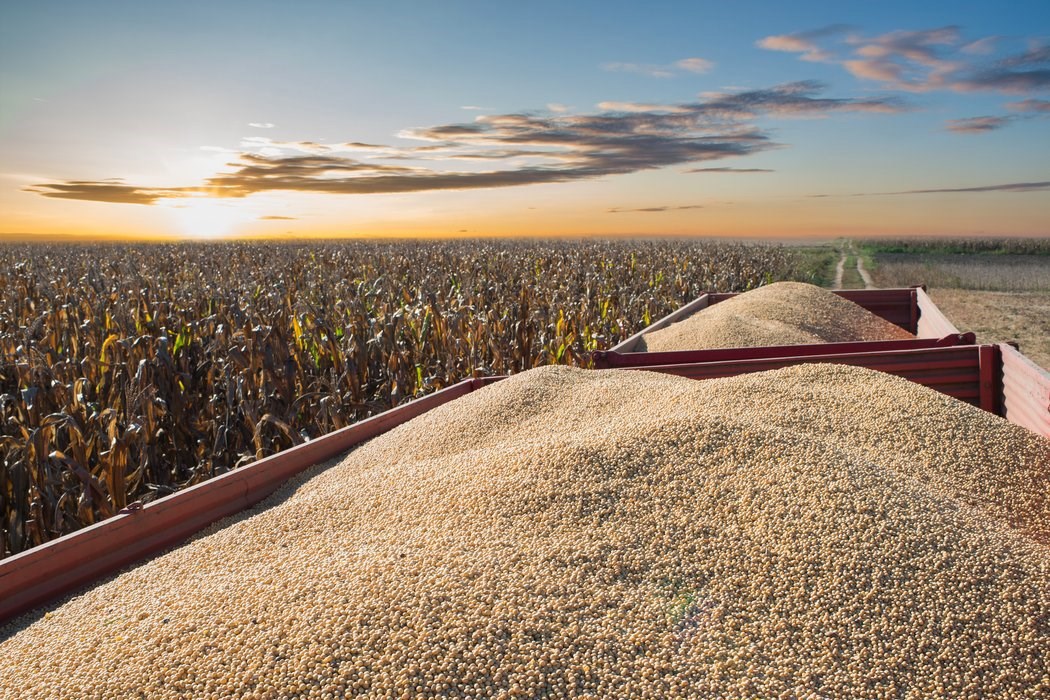

The impact on the farmer
In addition to the EU, many regions are now exploring alternatives to formaldehyde.
Organic acids are a potential solution but their efficacy differs based upon the type of acid, buffer capacity and concentration. It is critical to use specific blends with proven, long-term efficacy.
It is also important to prevent contamination further along the feed production chain by identifying and sampling at critical control points.
Additionally, accurate and safe dosing equipment is needed to allow the product to be spread evenly and allow the highest possible efficacy.
How to recognise
Feed hygiene is a prerequisite for food safety. It is also a necessity for animal performance, health and welfare.
Harmful microbes, such as moulds and bacteria (like Salmonella) can reduce the nutritional value, palatability of feed, and feed intake. It is common practice to apply chemical treatment using formaldehyde.
However, formaldehyde is under discussion following its ban as a feed hygiene enhancer in the European Union in 2018, due to health and safety risks.

